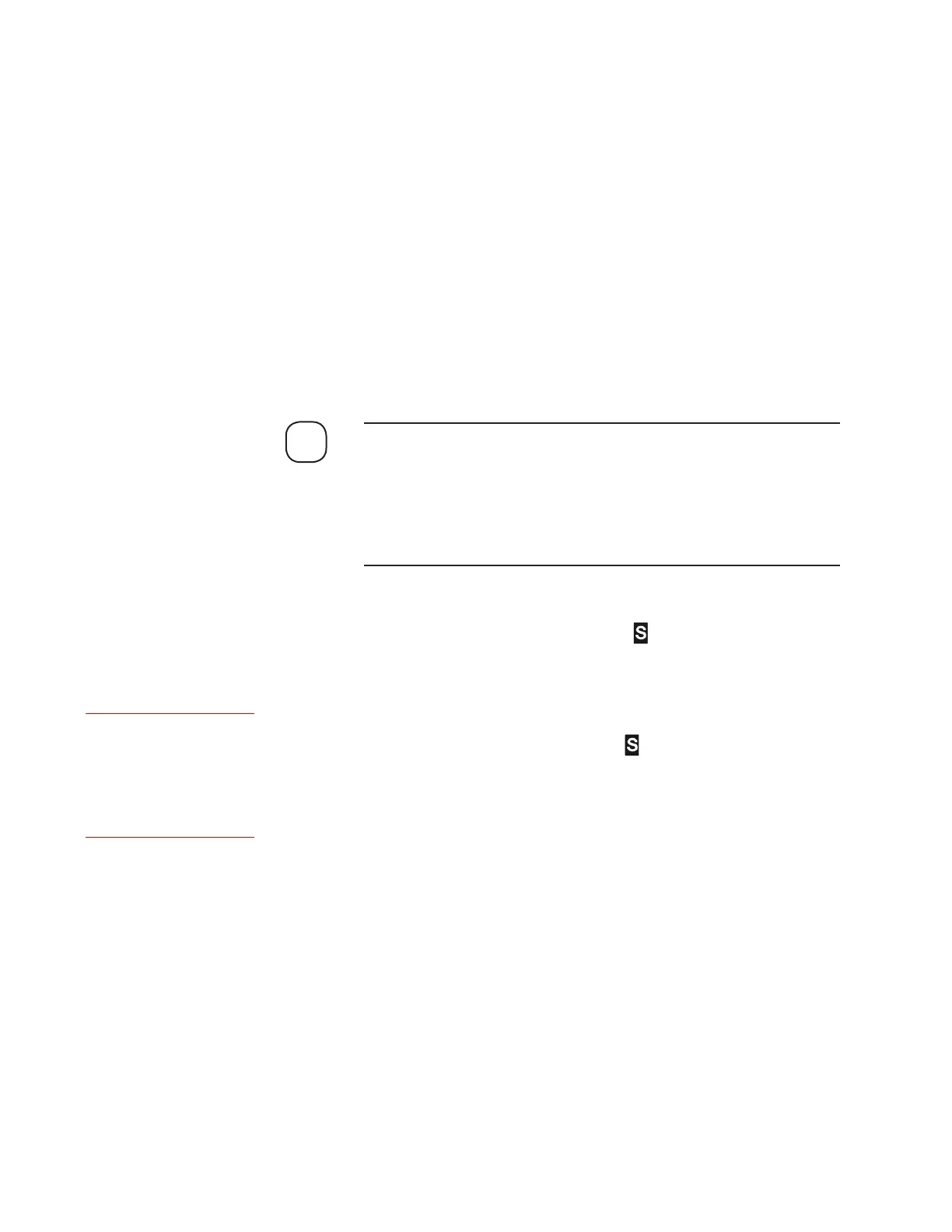Maintenance and Troubleshooting | 5-59
Troubleshooting and Diagnostics
Model 900 and 930 Analyzers have a built-in alarm (error) detection sys-
tem that continuously monitors the operation of key analyzer operating
parameters. An alarm can be detected by either the Host Controller or the
Microcontroller board and can be of two types:
• Warning Alarms indicate that the analyzer requires servicing – the
data may be suspect under this condition.
• Fault Alarms indicate that a failure has occurred and the analyzer is
not operating properly – the results are not valid. Fault alarms also
cause the Normal/Fault contacts to switch, and the sample system will
automatically switch to automatic Backpurge mode if the current Flow
Control mode setting is ‘0’ (Analyzer Control).
Additional diagnostics screens can be viewed from the User Interface
if problems cannot be corrected by performing general diagnostics.
For more information about these diagnostics functions, refer to the
RUN / CFG and CAL Mode Command descriptions in Chapter 4.
These diagnostics are indicated by ** preceding their definitions.
When alarms are detected, the alarm indicator is displayed on the
top-right line of the User Interface. Typical diagnostic alarms to watch for
include sample- and temperature-related alarms.
Generally, most troubleshooting and diagnostics can be done by work-
ing from the analyzer’s User Interface. When is displayed, view the
HStatus (1..8) and MStatus (1..7) screens (RUN mode) to determine which
alarms are active. If an alarm is active, its description will be displayed
next to its associated number. If the active condition does not exist, the
message “HSz OK” (for Host Controller board alarms) or “MSz OK” (for
Microcontroller board alarms) appears next to its associated number.
To view alarms that have been corrected or reset, view their correspond-
ing History Buffers (HCHist or MCHist), also in RUN mode. Each History
Buffer can store up to a maximum of nine alarms, with ‘1’ being the oldest
and ‘9’ being the most recent.
NOTE
(HStatus) RUNF5 41..8
(MStatus) RUNF5 51..7
(HCHist) RUNF5 • 1..9
(MCHist) RUNF5 – 1..9

